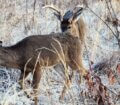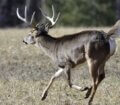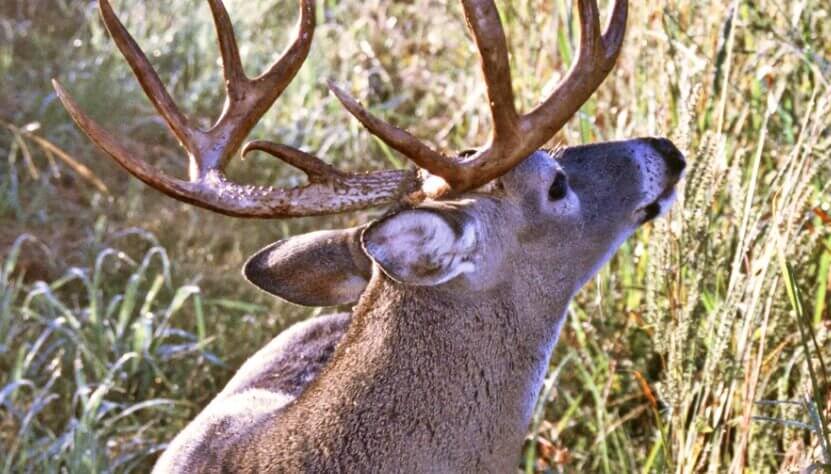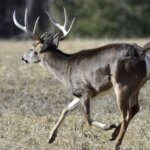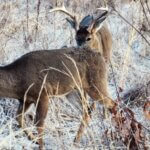Editor’s Note: Is there a better way, a more-scientific way to hunt deer? Can we use scientific information to plan our hunting strategies? The answer to these questions is, “Yes.” But hunting can’t be best learned by reading textbooks. Since conditions change throughout the day, knowing when to leave a tactic and/or change strategies is as critical to successful hunting as the wealth of information the hunter takes into the woods with him.
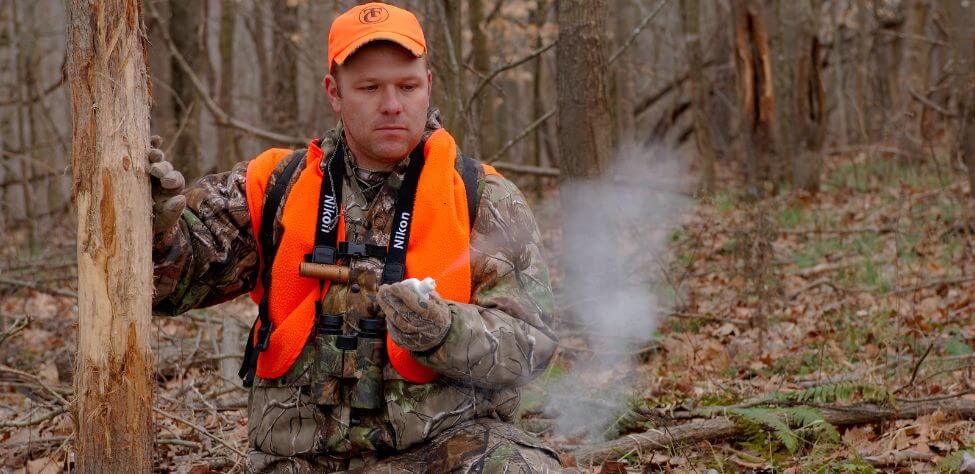
According to Dr. Billy Hillestad, a wildlife deer manager and a wildlife ecologist, “If you locate a rub on a tree where a young buck has rubbed his antlers, you can determine if the rub is fresh, because the bark on the tree will be freshly-peeled and not have changed color very much. Bark becomes more discolored the more time that has elapsed since it’s been rubbed.”

What Trees Deer Prefer to Rub, and How to Determine the Age of a Rub
“Deer most often like to rub trees that are aromatic like cedar and pine and will leave a scent when they’re scraped,” Dr. Hillestad explained. “By taking your pocket knife and scraping the kinds of trees you see deer rubbing and observing the trees you’ve scraped in an hour, two hours, four hours, six hours and eight hours, you soon can learn to recognize how old a rub is. Knowing how much time has passed from the time the deer has rubbed the tree, until you observe the rubs can be critical in determining how close you are to the buck you want to take.
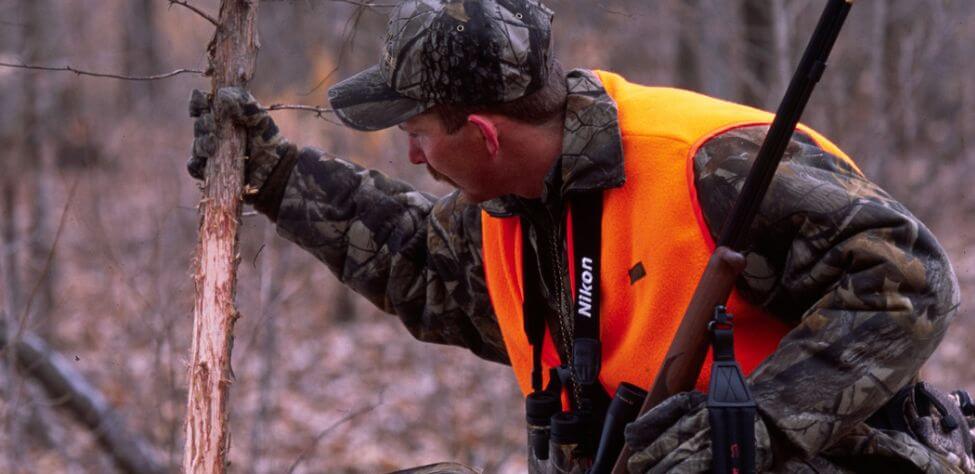
“Another way to pinpoint the time a rub has been made is to notice whether the shavings from that rub are in a nice, neat, little pile at the base of a tree, which means the shavings haven’t been blown by the wind or disturbed by other animals.”
What the Size of a Tree Means about a Buck’s Size
“If the tree is small in diameter, the rub probably has been made by a small buck,” Hillestad reported. “Through the years, I’ve learned that small bucks prefer to rub little trees. I’ve never seen a big buck rubbing a small tree.
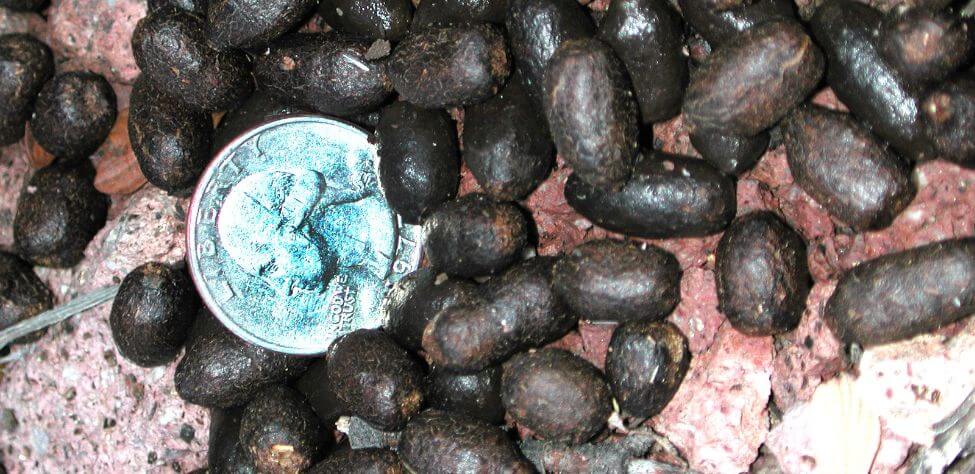
“But no piece of evidence is enough to form the foundation of any conclusion. You need supporting evidence to document any theory. So, with my small-bucks-rub-small-trees theory, I’ve substantiated this idea with the fact that when I see small trees rubbed, the rubs are always closer to the ground, indicating the deer itself is smaller and closer to the ground. If you’ll watch deer in a pen, the bigger, taller, more-robust bucks scrape trees higher than little bucks do.
“Also remember a buck pushes hard to scrape the bark off those trees, and the larger trees offer more resistance to the bigger bucks. The main range of the heavy scraping for a young buck will be about a foot above the ground. The main range of rubs made by a larger buck will be about 2-feet off the ground. There may be marks above and below the main area of scraping, but generally I believe the hunter can say that big bucks scrape big trees, and that their rubs will be higher off the ground than the rubs of little bucks. Bucks usually begin a great deal of rubbing activity just prior to the rut and just before initiating scrapes.”
Tomorrow: Know the Wind’s Direction to Hunt Deer

How to Hunt and Take Big Buck Deer on Small Properties
In this book, you’ll hear from 14 hunters who either have gained permission or leased properties as small as six acres to as much as 250 acres, and how they consistently take older-age-class bucks off these little lands.
VERSIONS: AUDIBLE, KINDLE & PRINT

Jim Crumley’s Secrets of Bowhunting Deer
Using a black magic marker and a gray work jumpsuit, Jim Crumley of Buchanan, Virginia, drastically changed the nature and purpose of hunting camouflage when he created the first sportsman’s camouflage – Trebark. Crumley’s love of bowhunting and his desire to be more invisible changed hunting clothing forever.
In this hunting guide, he shares the wisdom that he’s learned throughout his lifetime about how to be a hunter, how to find a deer lease, how to scout for deer, and more.
Special features include how to:
- Have a magic 60 acres to hunt
- Decide the best equipment to use
- Find deer year-round
- Locate land to hunt
- Know the best place to put your tree stand
- Get bucks within bow range
VERSIONS: AUDIBLE, KINDLE & PRINT

How to Hunt Deer Like a Pro
How do you know if the land you hunt has a trophy deer on it? Wildlife manager Bob Zaiglin, of Uvalde, Texas and Jim Crumley, the father of modern-day hunting camouflage, tells you how to find out. GPS can make finding and taking that trophy buck easier. This hunting guide will teach you how to hunt big bucks where no one else can find them, how to call deer, and how to become versatile as a deer hunter, so that if one deer tactic doesn’t work, another one will.
In the chapter, “How to find Bucks at Scrape,” Dr. Keith Causey, retired professor of Wildlife Science at Auburn University, describes the best way to hunt a scrape.
Brad Harrison of Neosho, Missouri, is a nationally-known videographer, professional deer hunter and master at calling deer. Another master is Will Primos of Primos Game Calls. These two experts will tell the best deer calls and when to use them in this book.
And for over 20 years, Bo Pitman, lodge manager of White Oak Plantation, has been studying deer movement patterns. He explains what types of conditions are best for predicting deer movement.
VERSIONS: AUDIBLE, KINDLE & PRINT

Deer hunting and deer hunters are drastically changing each year. To learn new techniques for hunting deer and have more places to hunt, I’ve interviewed some of the best deer hunters in the nation and share their tactics in How to Hunt Deer Like a Pro: Volume II.
In Chapter 10, Jacob Lamar tells you his tactics for consistently taking older-age-class bucks on public lands in several states. Chapter 11, Bob Walker explains how to find places on public lands where you can hunt that 99 percent of the other hunters never have considered hunting. The Bonus Chapter with David Ramey tells you how, where, when and with what equipment to take big Kansas bucks on public lands by hunting in 100-degree weather when others won’t hunt.
Chapter 13, Mark Drury, his family and his guests take mature bucks every season by having more small places to hunt rather than one large property. Drury explains the strategy of having satellite farms to hunt that only may be 50-150 acres each or less. Chapter 15, Pat Reeve, who hunts far-northern states and Canada, says, “I don’t like hunting for mature bucks until the weather is 20 degrees or less.” Chapter 4, Dr. Larry Marchinton says that funnels are the most-reliable stand sites to hunt for big bucks and tells why.
VERSIONS: AUDIBLE & PRINT

